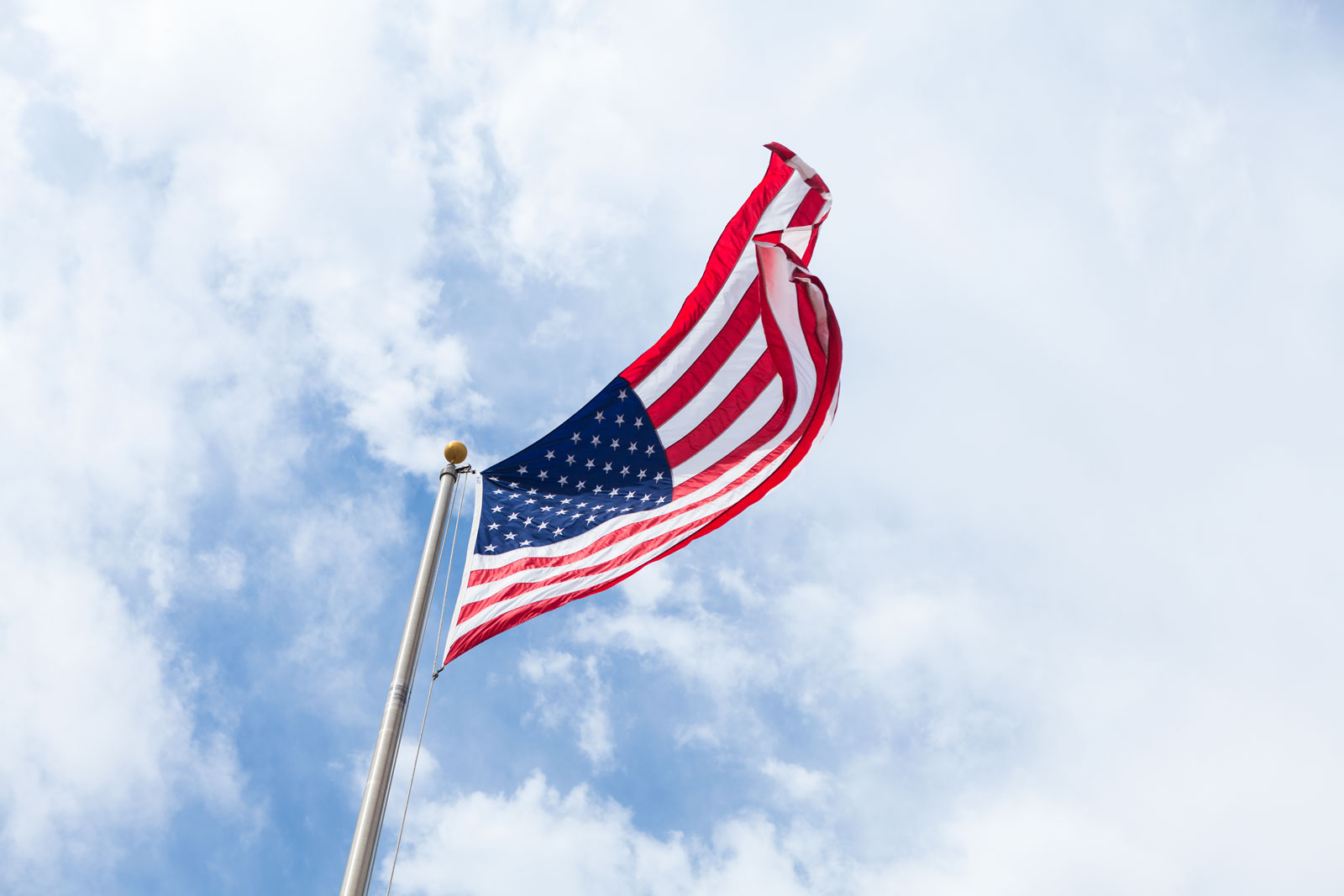The Local newsletter is your free, daily guide to life in Colorado. For locals, by locals.
For a word upon which Americans have hung the very essence of our society, “freedom” remains a widely debated and ill-defined concept.
For some it means freedom of religion; for others it’s freedom from religion. You might think of it as the underpinning of all individual liberties, but your neighbor or coworker or spouse might not believe it can ever truly exist unless every last one of us can equally share in its benefits. And don’t even get people started about what it means for guns.

To the libertarian mind, freedom assumes a more literal and individualistic interpretation: In this philosophy’s purest form, everyone should be free to do almost anything they please as long as it doesn’t harm anyone else—but maybe even if it does a bit. For example, if I own land on a woodsy hillside and decide to deforest the whole thing, it may cause a certain amount of environmental distress to the creatures on and around it (not to mention piss off my neighbors). But hey, it’s my land.
This month, the Cato Institute, a libertarian think tank, released an online survey and accompanying database—Freedom in the 50 States—that outlines how free, by multiple measures, each of the 50 states is. These metrics include taxes, personal and economic freedoms, governmental regulations, property and marriage rights, educational choice, health care access, vulnerability to crime, and many others. The study’s website allows you drill down into whatever topics interest you and see how your state stacks up.
Overall, the five freest states are the politically red Alaska, South Dakota, Indiana, and Oklahoma, along with “Live Free or Die” New Hampshire; and the five least free are the cobalt blue New Jersey, Maryland, Hawaii, California, and New York. That the freer states are most often associated with restrictive law-and-order cultures and the least free ones are where liberals supposedly run wild is either deeply ironic or perfectly logical, but it underlines the difficulty of defining freedom in the first place.
As a purple Western state with a strong libertarian bent, Colorado lands in 11th place overall, two spots higher than we ranked in 2012, the last time the survey was completed. And we’re all over the map depending upon the topic: We’re among the leaders in personal freedom (#2), the plaintiff-friendliness of our civil liability system (#5), occupational freedom (#2), asset forfeiture rules (#4), personal travel freedom (i.e., seat belt and helmet laws, #2), and of course, marijuana (#2). We’re also tied for first in marriage freedom, a heartening reversal for an electorate that enshrined a gay marriage ban into our constitution just 10 years ago.
On the flip side, we’re 49th in campaign financing, 38th in the labor category (including right-to-work laws and workers compensation), 47th in health insurance legislation, and 35th in land use freedom. We fall into the middle on numerous fiscal and regulatory measures, and many of these rankings at least partly reflect the more regulation-minded Democrats’ control of much of the state legislature and governor’s office over the past dozen years or so—a period that, it should be noted, has included a shallower recession and a sustained economic boom for much of the state.
If you’re a libertarian you might counter that said boom could be even boomier if we did some things differently. If you’re coming from a more government-friendly perspective, you might conclude precisely the same thing. Depending on where your personal and political convictions lie, these rankings may be evidence of our government doing too much or too little, so if you want to dig into the data and see where you think our future priorities should lie, feel free.








